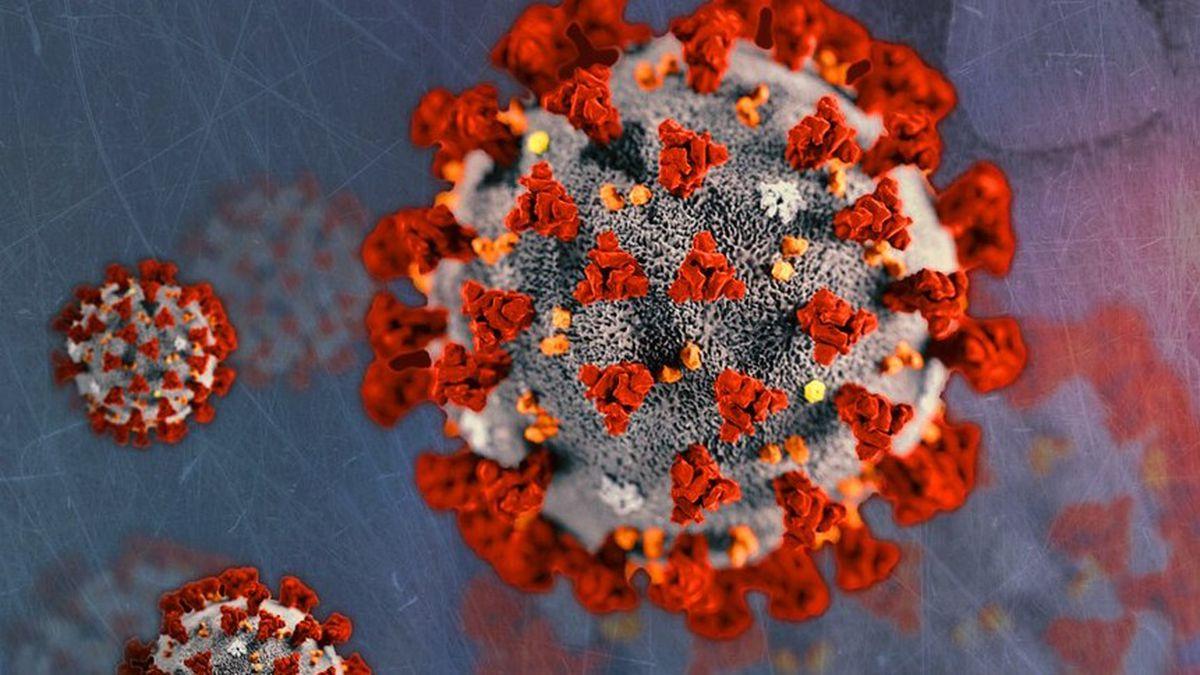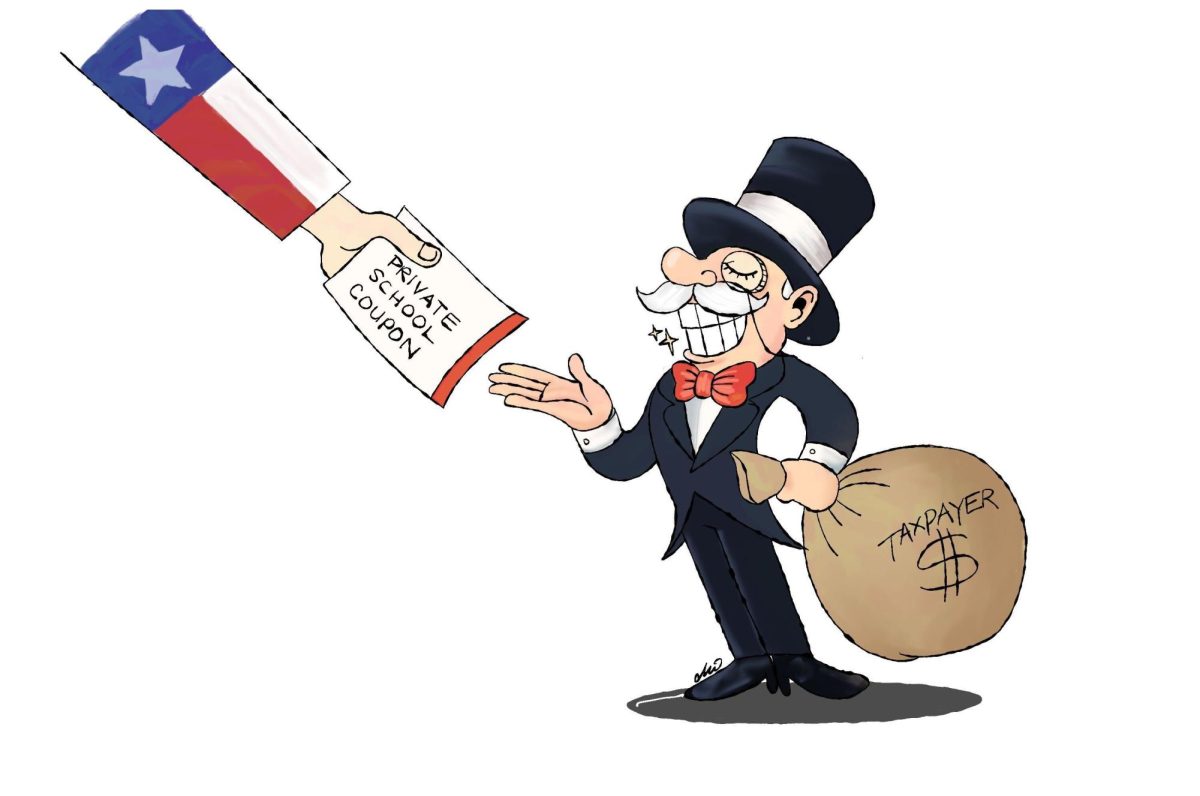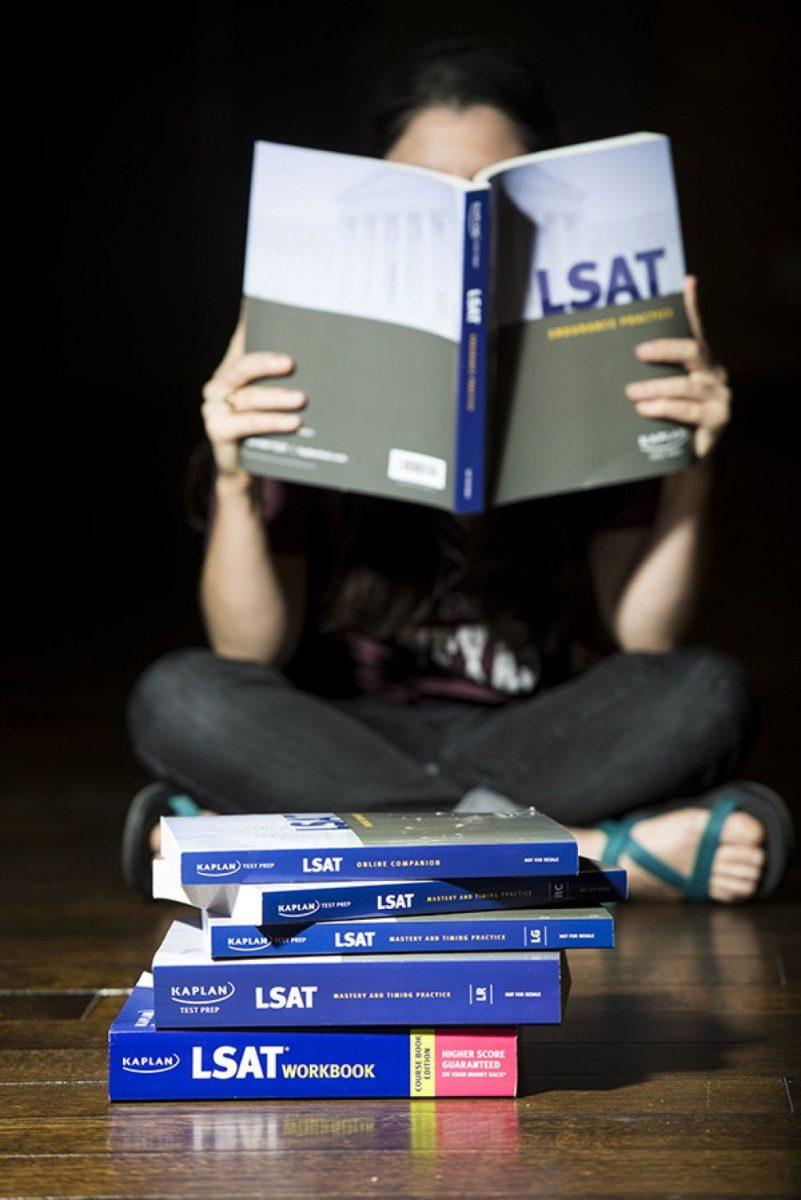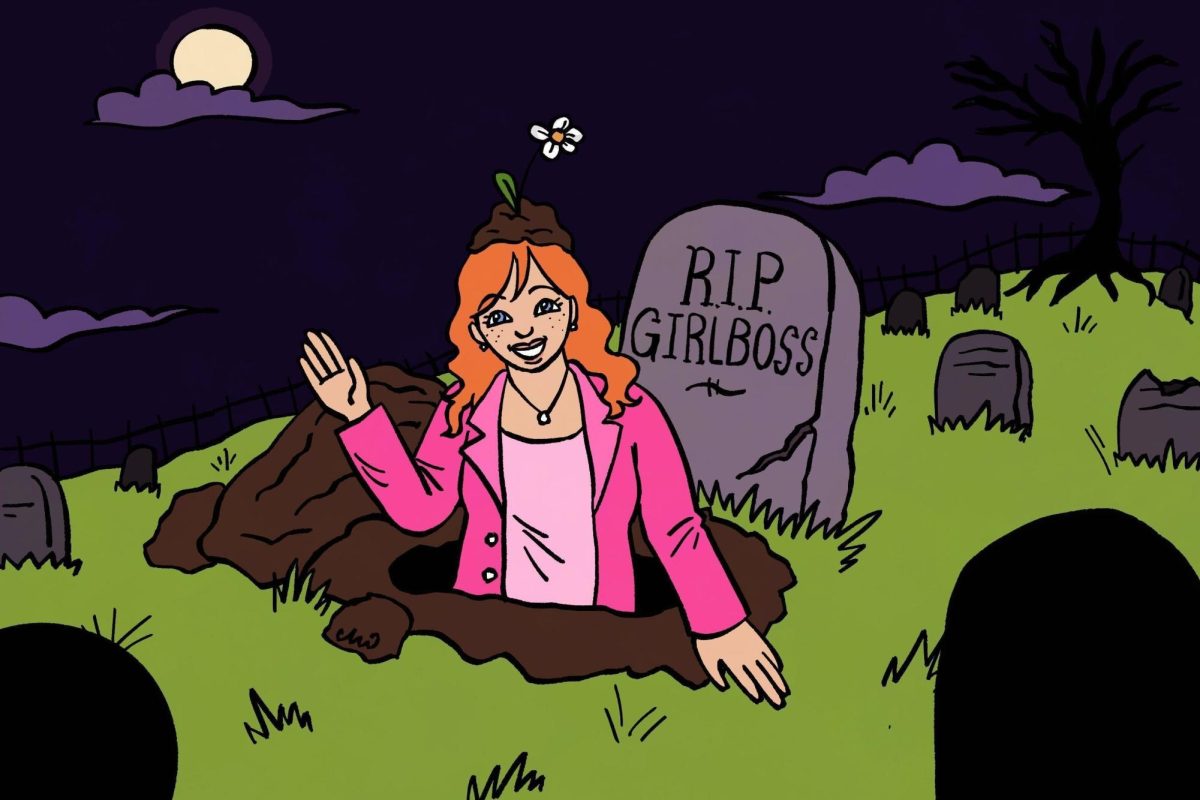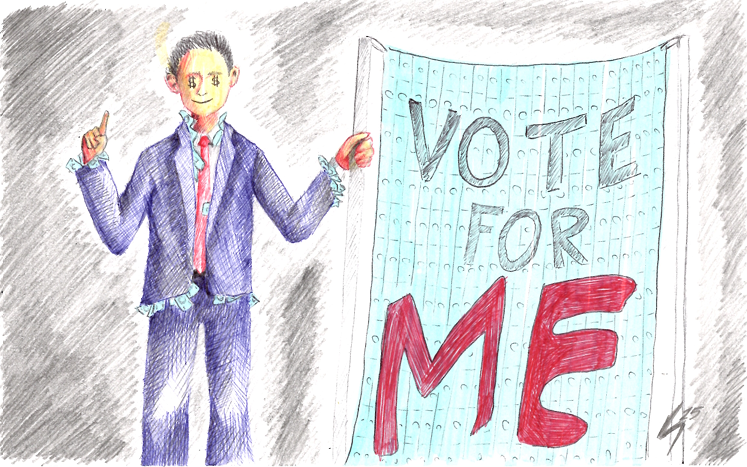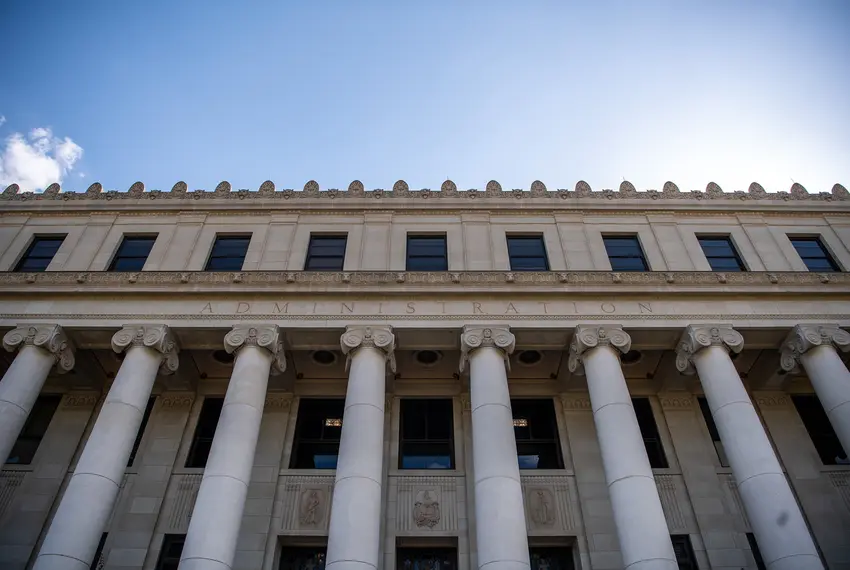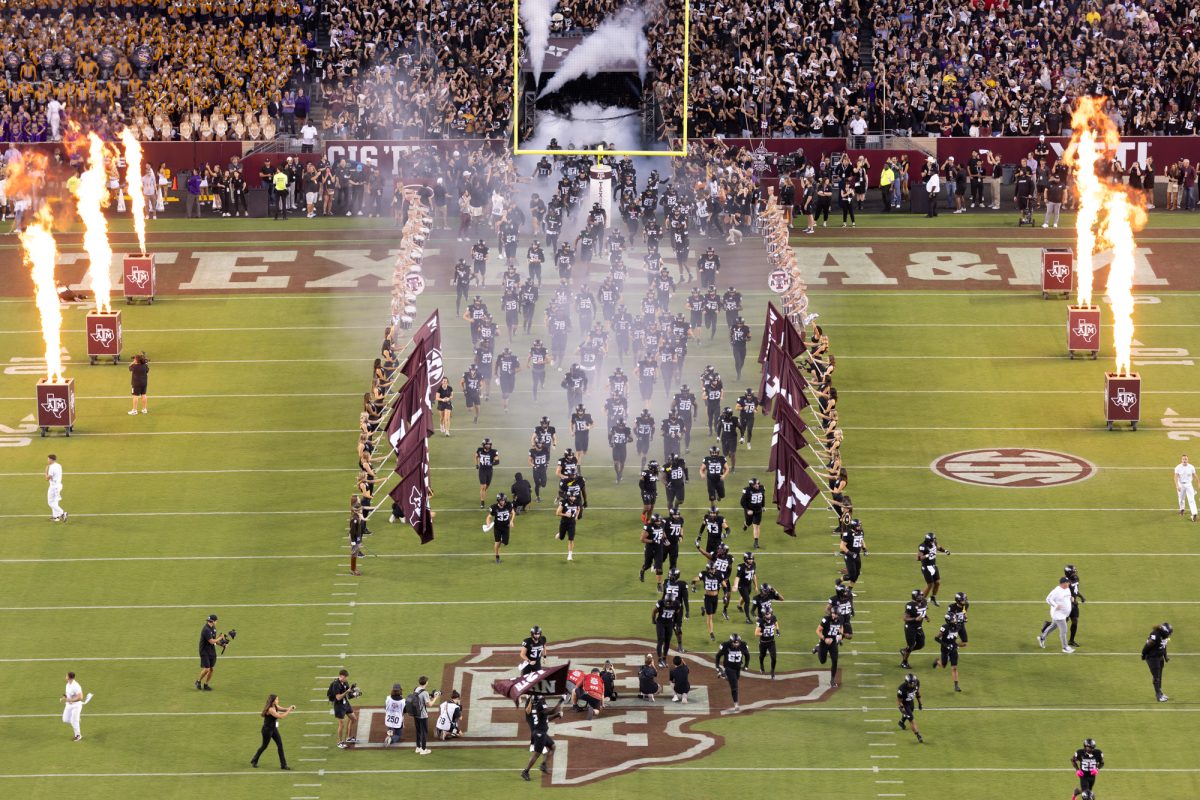As the United States reaches 100 million fully vaccinated people, COVID-19 is slowly slipping into the background of our public consciousness. For many Texas A&M students, the fever pitch of finals week feels like a greater present threat. For a growing number of reasons, some resident germaphobes of The Battalion (like myself) manage to remain stressed about both.
On April 19, researchers at A&M announced the discovery of a new COVID-19 variant. Researchers named the variant Brazos Valley 1, or BV-1, for short. Not long after, A&M researchers discovered two additional strains of the BV variant, BV-2 and BV-3. Three new COVID-19 strains announced within a week of each other might make it sound like College Station is primed to be the epicenter of an apocalyptic outbreak, but in reality, it reflects COVID-19’s rapidly evolving and cosmopolitan nature.
College Station is a heavily populated area with constant travel from all over the world. A&M’s labs allow College Station to gene sequence and discover new COVID-19 strains more frequently than cities without these resources. The existence of many unknown regional strains around population centers is a certainty. There are likely many strains that have not been distinguished yet. These discoveries by A&M researchers are helping to shed more light on how COVID-19 is evolving.
But for many students and Texans in general, news about emerging variants changes little.
Since Gov. Greg Abbot lifted Texas’s mask mandate, we’ve been stable at about 3,500 cases per day for almost two months. With vaccinations increasing and testing rates decreasing, these numbers aren’t exactly a cause for celebration, but you take what you can get. The fact that we have not yet seen a larger spike is at least partially attributed to the fact that over a quarter of all Texans are fully vaccinated. We should not be lulled into a false sense of security, though.
In late January, India’s Prime Minister Narendra Modi declared victory over COVID-19 ahead of local elections, saying “India has saved the world from major tragedy.”Yesterday, India surpassed 400,000 daily cases. Unlike the U.S., less than two percent of India’s population is vaccinated.
India’s present situation and the shift in COVID-19 demographics should act as a warning for young people to not be too overconfident in their safety, especially since young people are such an under-vaccinated group. As escape mutations arise and new variants emerge, we need to remain cautious.
For residents of College Station, COVID-19 has made some concerning adaptations. For the first time, 18-49 year olds are the leaders in hospitalizations, with severe cases rising over 40 percent in this age range. In Brazos County, 16-49 year olds are the least likely to be vaccinated by far. Nationally, young adults (18-29) are the largest age group saying they want to “wait and see” before getting vaccinated. At 58 percent, young adults are the largest group to not see COVID-19 as a risk and are less likely to social distance than adults.
A&M could be the source of our solutions, or it could be the source of a COVID-19 resurgence as students transport worse variants around Texas and the world during the summer. The actions of young people could determine the future of COVID-19. We’re going to need to be creative when trying to convince a cohort who feels like they’re invincible. If you don’t do it for yourselves, at least do it for the free Krispy Kreme. Aggies should and can aspire to be a positive impact on the rest of our age group. In the final quarter, Aggie leadership is needed more than ever to BTHO COVID-19 for good.
Zachary Freeman is an anthropology junior and columnist for The Battalion.




